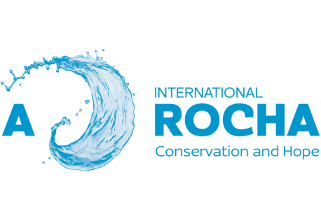Protected areas & Pygmy Hippos
A mix of community-based conservation and protected forests is needed for the survival of the Endangered pygmy hippopotamus Choeropsis liberiensis
Oryx, 1–10 (2016)
Annika Hillers 1,3, Graeme M. Buchanan1, Jerry C. Garteh2, Solomon M. Tommy3, Mohamed L. Fofana3 & Jeremy A. Lindsell4
1 RSPB Centre for Conservation Science, The Royal Society for the Protection of Birds, The Lodge, Sandy, Bedfordshire, SG19 2DL, UK. E-mail annika.hillers@rspb.org.uk
2 Society for the Conservation of Nature of Liberia, Congotown, Monrovia, Liberia
3 Gola Rainforest National Park, Kenema, Sierra Leone
4 A Rocha International, London, UK
Abstract
The contribution of protected areas to biodiversity conservation is well attested but many taxa in many regions remain dependent on the unprotected wider landscape. To develop conservation plans for large mammals such as the Endangered pygmy hippopotamus Choeropsis liberiensis of West Africa’s Upper Guinea Forests it is critical to understand the importance of unprotected land. Despite being a conservation priority, little is known about the habitat associations of this species, or its distribution across its range. Through a combination of field surveys, species distribution models and community questionnaires we investigated the use of unprotected areas by the pygmy hippopotamus in the Sierra Leone–Liberia border region. We found signs of the species in 128 of 525 1-km 2 cells surveyed. Our analysis suggested that the species is reasonably widespread in this region and is associated with major rivers. It occurred close to, but rarely within, large areas of intact forest, and 80.4% of pygmy hippopotamus signs were recorded outside protected areas. The expansion of the protected area network in this area is unrealistic in Sierra Leone and to some extent in Liberia, mainly because of anthropogenic pressure and the overlap of proposed protected areas with mining and logging concessions. Thus pygmy hippopotamus conservation activities in the region need to include programmes on community lands while maintaining a robust network of protected forests. Community-based conservation of the pygmy hippopotamus may prove valuable for other threatened and endemic species that are not confined to protected areas in this region.
